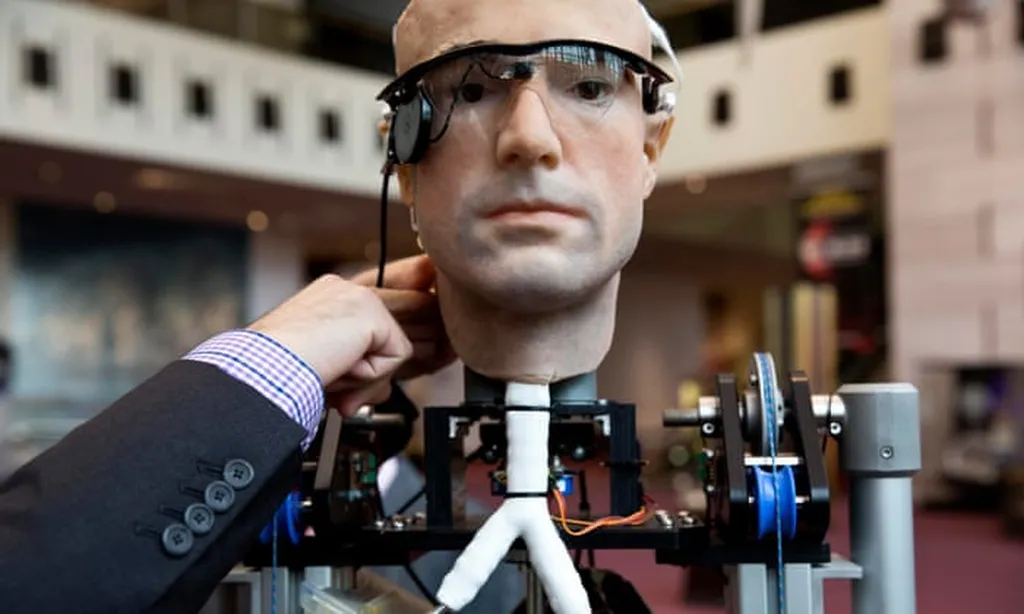In the heart of London, a groundbreaking innovation is unfolding that could dramatically reshape the landscape of eye disease treatment. Hamid Heidari Kashkooli, a researcher at the School of Medicine and Biosciences at the University of West London, is at the forefront of this revolution. His team has developed a 3D-printed collagen-based micro-implant designed to tackle some of the most challenging ocular diseases, such as age-related macular degeneration (AMD) and diabetic retinopathy (DR).
The current standard of care for these conditions often involves frequent injections, a process that is not only inconvenient for patients but also costly for healthcare systems. “The short ocular residence time of biologics and the difficulty of precise drug delivery are significant hurdles,” explains Kashkooli. “Our goal was to create a solution that addresses these issues head-on.”
The innovative implant developed by Kashkooli and his team offers a dual functionality that sets it apart from traditional methods. The implant uses in situ polymerization collagen (IPC) to act as reservoirs for biologics, ensuring sustained and localized drug delivery. This means that the drug is released gradually over time, reducing the need for frequent injections and improving patient compliance.
But the innovation doesn’t stop there. To enhance the mechanical properties of the IPC implant, the team incorporated methacrylated hyaluronic acid (HAMA). This addition not only improves the stability of the scaffold but also makes it suitable for 3D printing, allowing for precise targeting and volumetric control within the vitreous humor—the gel-like substance filling the eye.
The results are impressive. The IPC-HAMA implants exhibit slow drug release and scaffold stability for over 80 days, a significant improvement over current methods. “This technology has the potential to revolutionize drug delivery and localized tissue therapy for retinal diseases,” Kashkooli asserts.
The implications of this research extend beyond just medical advancements. For the energy sector, the precision and control offered by 3D bioprinting could inspire new approaches to material science and engineering. Imagine the potential for creating more durable and efficient materials for energy storage or transmission. The principles behind this ocular implant could pave the way for similar innovations in other industries, driving forward the frontier of what’s possible with 3D printing.
The study, published in the journal Macromolecular Materials and Engineering (Macromolecular Materials and Engineering is translated to English as Macromolecular Engineering and Materials), highlights the interdisciplinary nature of modern research. By bridging the gap between biology and engineering, Kashkooli and his team are not only advancing medical science but also setting the stage for future developments in various fields.
As we look to the future, the work of Kashkooli and his colleagues serves as a beacon of what can be achieved through innovative thinking and cutting-edge technology. The ocular implant is more than just a medical breakthrough; it’s a testament to the power of interdisciplinary collaboration and the endless possibilities that lie ahead.

